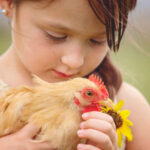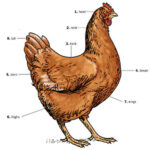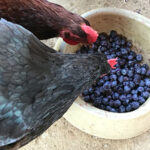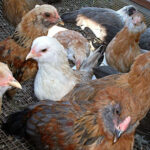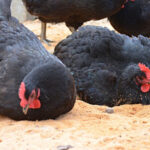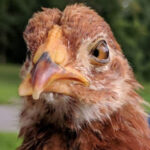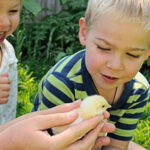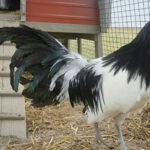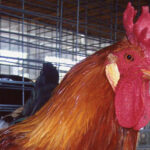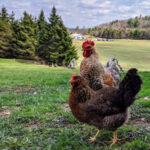
What, exactly, are free-range chickens? According to USDA, free-range chickens must be “allowed access to the outside.” That doesn’t mean they actually have to go outside. They just have to have outdoor access. On the other hand, to many rural chicken keepers, free range means letting the chickens go wherever they wish. That’s a non-starter […]
Continue Reading
